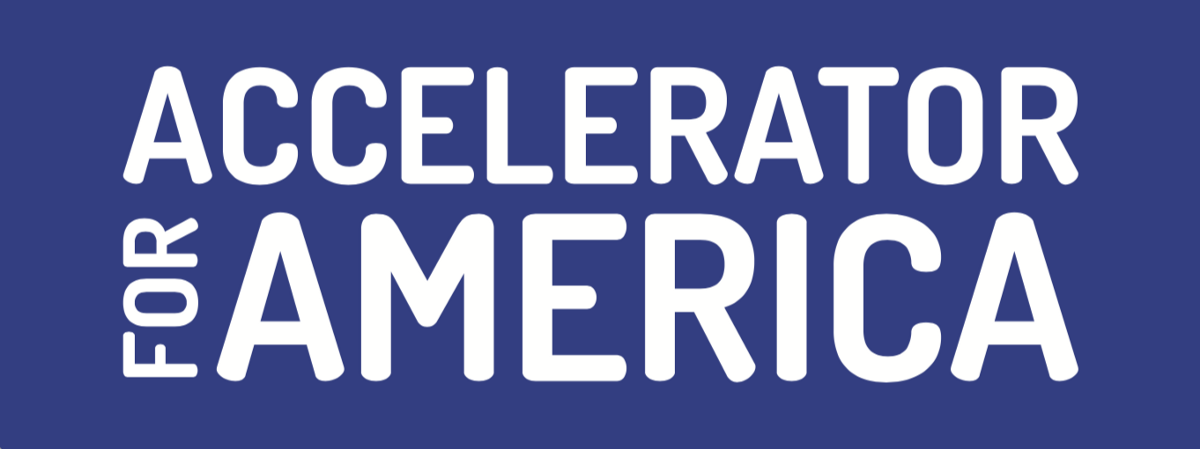ARPA Halftime Report
ARPA Halftime Report
With the first tranche of ARPA funds out the door, and the second tranche on the way, we are ready for a Halftime Report from our Stimulus Command Center Cities.
We introduced our Stimulus Command Center model last year to provide cities with a central organizing framework to manage the sudden and massive influx of federal recovery dollars and ensure they are best invested to create lasting community wealth.
Our Stimulus Command Center model was created with our partners at Drexel University’s Nowak Metro Finance Lab, the Mastercard Center for Inclusive Growth and the US Conference of Mayors, and it was first introduced in the cities of Birmingham, Dayton, Kansas City (MO), Los Angeles, Louisville, Philadelphia and St. Louis. We continue to work closely with these cities, and our Halftime Report draws from our survey of their progress in January.
Key Findings:
Cities have established clear governance structures for ARPA and many have also done so for IIJA/BIL funds (or are in process of doing so). The structures for each are largely independent from one another while engaging overlapping sets of leaders within city hall.
Most cities are allocating funds for major and long overdue investments such as Bus Rapid Transit projects, capitalizing Housing Trust Funds and other affordable housing initiatives, neighborhood blight elimination and revitalization plans.
A majority reported local stakeholders submitted grant applications for the EDA’s Good Jobs Challenge ahead of the Feb. 11 deadline, but collaboration proved challenging. Many city staff expressed a desire for stronger regional unification behind a single application, providing lessons for future IIJA/BIL competitive grants.
Congratulations to Los Angeles, Louisville, and St. Louis who were selected as EDA Build Back Better Challenge finalists. Best of luck in sharpening your applications to compete for final round funding. We look forward to learning from you.
Few in city halls across the country are aware of the Treasury Department’s $10B ARPA-funded State Small Business Credit Initiative, which will get underway later this year. This is a vital program that, if deployed well, can support small business formation and growth in cities and metros nationwide over the next 10 years. To learn more about SSBCI, read the Nowak Metro Finance Lab report “Localizing the State Small Business Credit Initiative.”
Other Analysis
Earlier this month Brookings Metro, the National Association of Counties and the National League of Cities released their Local Government ARPA Investment Tracker. This database provides insight into how cities have spent their American Rescue Plan funds and a repository of policies and programs for cities to learn from as they pursue full allocations of the second ARPA tranche.
The data show the 152 cities and counties included in the tracker have collectively spent 48% of their funds to date, with 10% of funds having gone to economic and workforce development, including small business development, and 12% to infrastructure.
The National Conference of State Legislatures has been tracking spending of State and Local Fiscal Recovery Funds at the state level. On Jan. 6, 2022, the U.S. Treasury released the final rule for the Coronavirus State and Local Fiscal Recovery Fund program. The ruling, effective April 1, 2022, provides additional clarity and flexibility on uses, including:
Capital expenditures
Expanding public sector hiring and capacity
Premium pay for essential works
Broadening eligible broadband, water and sewer infrastructure
The Center on Budget and Policy Prioritiesalso tracked spending at the state level and found that heading into January legislative sessions, states had collectively allocated $105 billion in SLFRF funds, leaving more than $90 billion yet to be allocated.If cities can coordinate with state leadership, these unspent funds present opportunities to bring additional ARPA funding to cities.
Looking Ahead to IIJA/BIL
As we continue our ARPA and Stimulus Command Center Work, we are deeply engaged in developing models to help cities take in and best invest funding from the Infrastructure Investment and Jobs Act, which is also known as the Bipartisan Infrastructure Law.
To provide immediate assistance to cities, Accelerator for America created our Federal Investment Guide for Local Leaders. In 34 streamlined pages, our guide gives city leaders a digestible guide to funding opportunities best suited for the city or regional level and was created in partnership with the Nowak Lab, the US Conference of Mayors and the Oxford Urbanists.
Our Guide complements the White House’s Guidebook to the Bipartisan Infrastructure Law. This 465 page document provides a comprehensive list of programs, as well as a handy downloadable spreadsheet making it easy to identify the full range of competitive funding opportunities and estimates on when notice of funding opportunities (NOFOs) will be live.
A Big Win for a Great Leader!
Congratulations to Advisory Council member Mayor Holt of Oklahoma City on his re-election victory this week! More voters cast ballots in this mayor’s race than in any other since 1959 — and almost 60% of them threw their support behind Mayor Holt.
For our latest updates on our work and latest insights from cities across the country, make sure you join us on Twitter, Instagram, LinkedIn, and Facebook.
We appreciate your support and your commitment to creating national change from the ground up.
Thank you for all that you do.
Mary Ellen Wiederwohl
President and CEO | Accelerator for America


